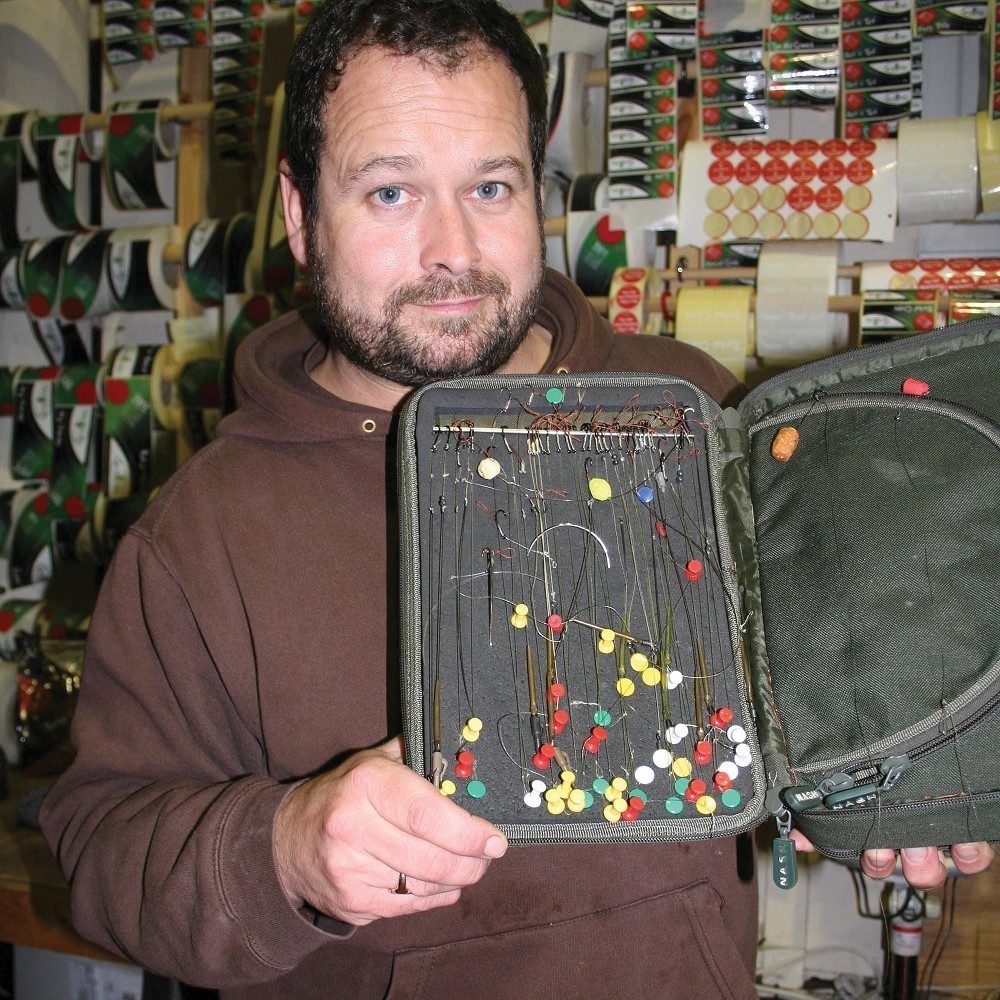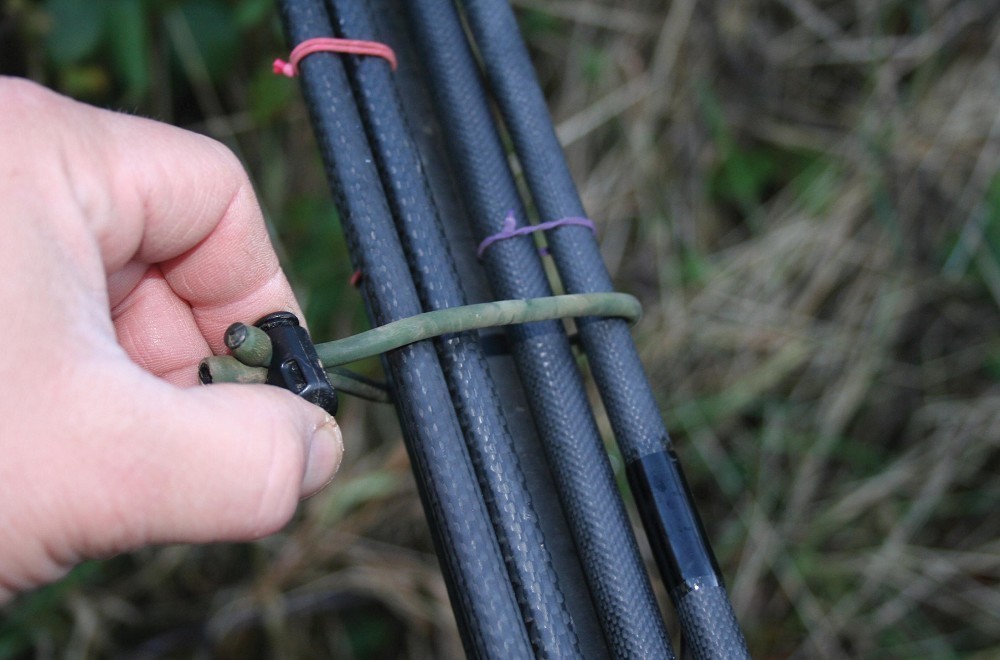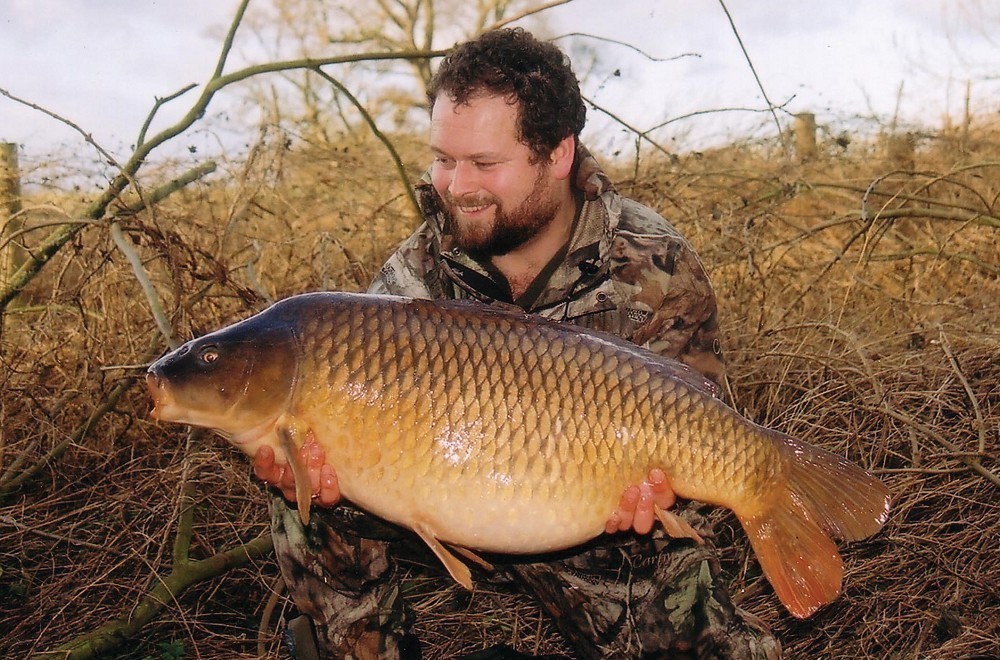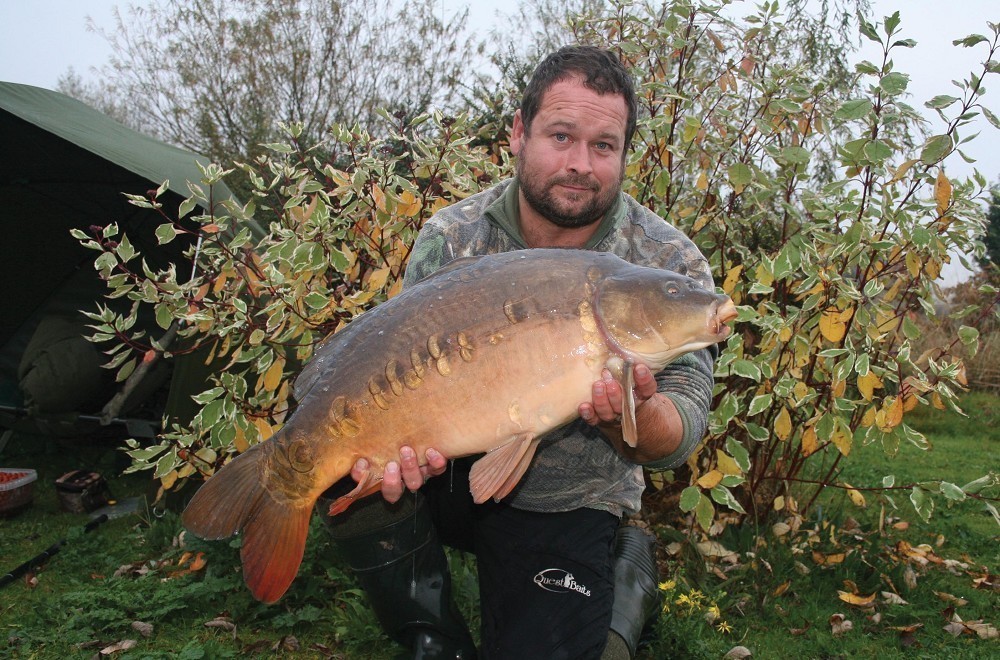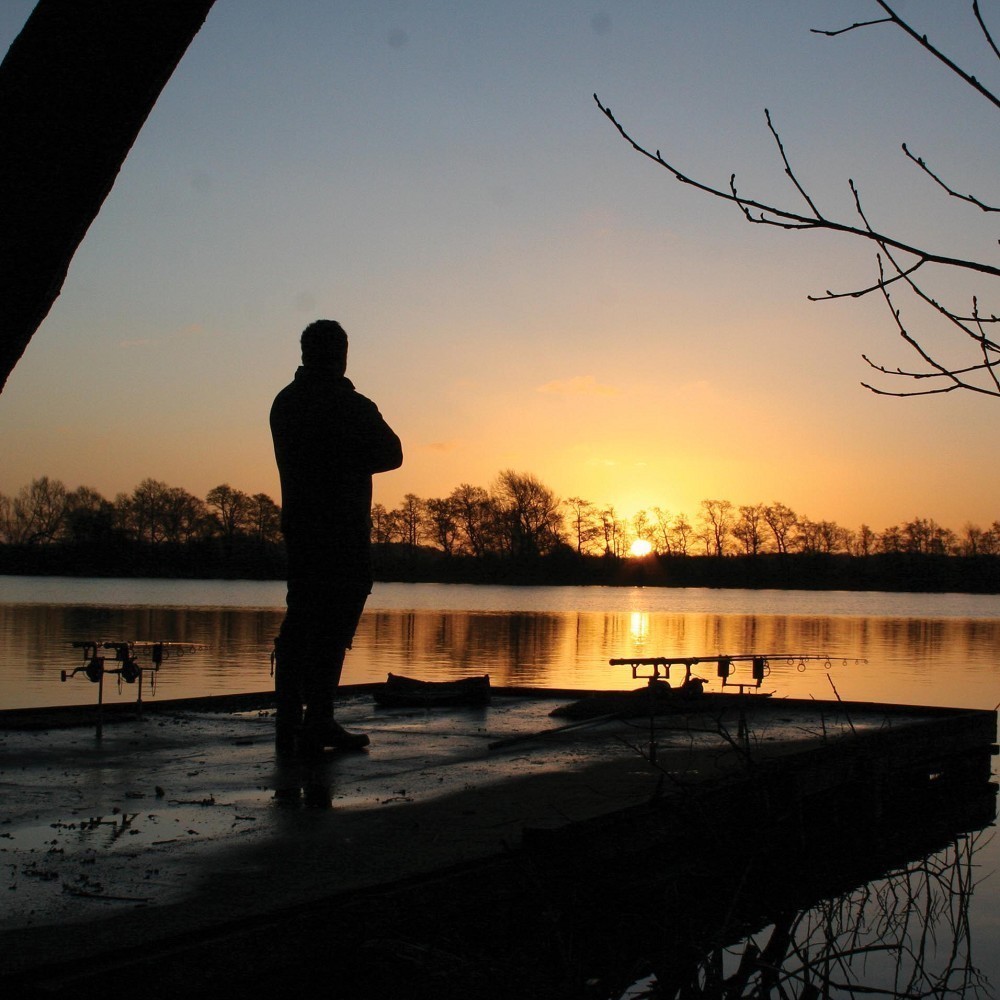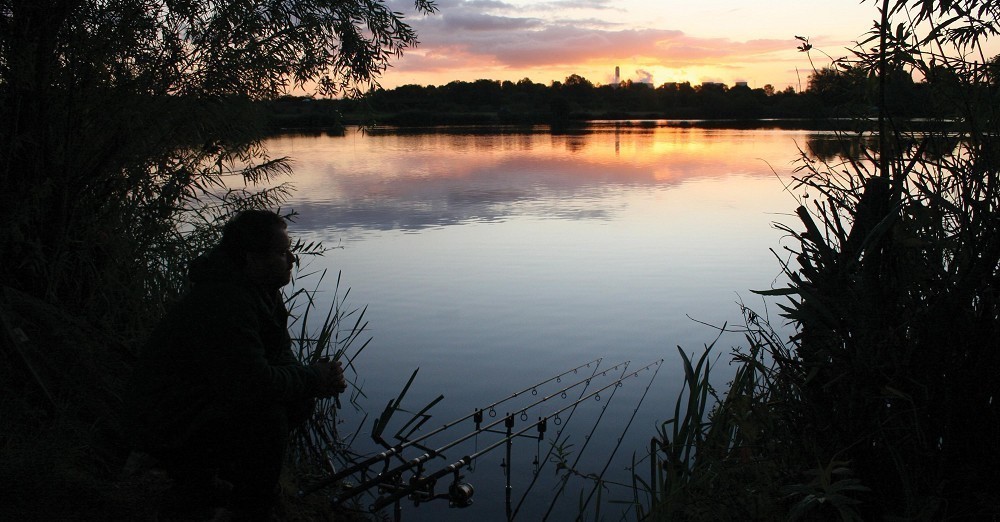
Why part time carp fishing is all you need this winter
If you get your homework correct, it's all you’ll need for success this winter.
By the term ‘part time carp fishing’, I mean it’s not a full day’s work (office hours), it’s just a few hours and usually in my case 2-3hr maximum, which, if you get your homework correct, is all you’ll need for success this winter.
1. Winter feeding times
Carp are very much creatures of habit. Fact. Carp feed quite heavily at the same time of the day, each day, particularly so in winter. Fact. These heaviest feeding periods, which often occur twice in each 24hr spell will remain their preferred times for quite some time, rarely changing for the whole winter. Obviously there is always a chance of a take, but there will definitely be a time of the day when the fish are more likely to have a bit of a munch. So, if I could be cast out just prior to this happening… You know the rest.
My main question on any lake in the winter is what time did you catch? Everyone is willing to tell you this. I’m really not bothered about how the fish was caught or what the fish was caught on or indeed where from. To me that is the part I enjoy sorting for myself, but the time they are caught is so valuable. I know not to be moving rigs, casting or baiting up then.
It turned out that these fish were definitely feeding well in the last hour of daylight which in my situation was absolutely perfect
as it allowed me to get plenty of work done through the day then leave off just
for a couple of hours late afternoon.
Once I had sorted how these fish wanted it – hard on the bottom – I was away and from what looked as though could be a carp-free winter I was now getting amongst a few. In fact, due to pinpointing the feeding time down I was able to actually get there several times a week, which I am absolutely positive resulted in more fish being landed than had I fished the full weekend each week.
The lake was relatively busy with bivvy anglers, which made location of the fish quite easy. So long as I made no silly mistakes and spooked them myself, I was able to present baits in areas where the fish had congregated away from the array of lines. In fact, I was often turning up, slotting myself into a swim, catching a fish then leaving again without many of the anglers even knowing I had been there let alone caught a fish. I do get a big buzz out of this sort of thing these days, an inner smugness I guess. You’d never have got away with it in the 70’s when I started carp fishing, everyone spotted everything.
2. Time saving
Obviously for this style of angling you need everything honed down to save time, maximising every minute you have. Stealth is one of the most important issues. You haven’t time to spook them and wait for them to return. You need to be prepared and get everything right first time.
Preparation obviously starts at home. I put the hookbaits on at home if there is any balancing to do as with pop-ups etc. This not only saves time on the bank, but also cuts out the need to be risking spooking any fish in the edge with extra movement. PVA bags are ready prepared; I carry mine in an old rig bin. I use small doubled-up funnel web bags most of the time in the colder weather. Last winter a single boilie, a broken boilie, Maximum Action Pellets and Micro Feed was what produced the best reaction from the fish. This combination gives a fast reacting package with plenty happening in back-up as well as leaving a single boilie behind after each cast so they continue to find ‘safe single baits’ should I feel I need to use them. Depending if the fish will still tolerate, a flavour boost depends if I give the bag a quick dip in glug before casting.
It stands to reason that you need spare hooklinks ready tied should you turn a hook point over. I do away with things like rod sleeves and slings.
I have a carryall over my shoulder carrying the main bits required and a Free Spirit Kayak Unhooking Mat over the other with landing net, weigh sling, collapsible water bowl, sticks, bars and alarms inside. A small chair in one hand and my rods strapped together in the other, this way I am able to move quickly around the lake and more importantly set-up very quickly.
I will sidetrack here a second before I move on. I band my rods together with catapult elastic and sprung toggles. I came up with this method years ago and have still to see anything else I think is better. The rubber is never too tight on the rods.
With the quality of the clothing available these days I certainly don’t bother with umbrellas and the like. If it’s raining then so what, I’m only there
a short time.
3. Venue information
Obviously you need a little understanding of the water you are fishing and certainly don’t want to be hurling marker floats around on these very short sessions. I have my diary with me at all times with notes of the various swims and where productive areas of the swim may be.
Once in a swim, I will usually fish one rod with a small PVA bag and the other as a single hookbait unless they are showing a distinct preference for one or the other which is knowledge gained from previous trips. If I can make the casts a long way apart from each other then I will sometimes put a third out, but if I’m on smallish waters then two leads going in is more than enough disturbance and as always I keep my leads as small as possible to minimise disturbance. Carp these days are so used to dealing with large leads and often getting away with it without moving the lead. Small bombs give them all sorts of problems though, as they move easily thus giving indication at the bobbin end. On short intense sessions like these described you should be more than alert to catch them slightly off guard and strike that hook home.
By the time I have the baits in, it’s unusual for me to move them. Unlike on longer sessions where I cast around a fair bit trying to induce takes out of the normal feeding period, my ‘Part Time’ style everything remains as undisturbed as possible. The work will already have been done. I will have a good idea where I am going to be putting my baits the moment I move into the swim.
Last winter I had caught a few fish over the period of a couple of weeks and then they moved. The fish weren’t showing, so I simply moved around the lake until I started to pick-up liners. This took three quick sessions, but once I’d found them again I was able to catch a few more over the next couple of weeks and so on. They still fed at the same time just in another part of the lake.
4. The results
So if you think you haven’t time to fish, think again. Most of my fish last winter came on these very short sessions of between 2 and 3hrs. All that was required was finding out when the fish were getting caught. Had it been 8pm I’d have been there at 7. Had it been at 3am I’d probably have left them to it!
This has got to be one of the easiest ways to endure winter carp fishing. You aren’t there long enough to get chilled to the bone, but can still end up with the same result as the anglers battling the elements for several days at a time.



